Unleash the Power of Our Aluminum Melting Furnace
High Temperature Capability
Aluminum melting furnaces are designed to reach temperatures sufficient to melt aluminum and its alloys, typically ranging from 600°C to 900°C (1112°F to 1652°F) depending on the specific alloy and melting process.

Efficient Heating System
Furnaces may utilize various heating methods, including gas burners, electric resistance heating elements, or induction heating coils, to efficiently generate the heat required for melting aluminum.
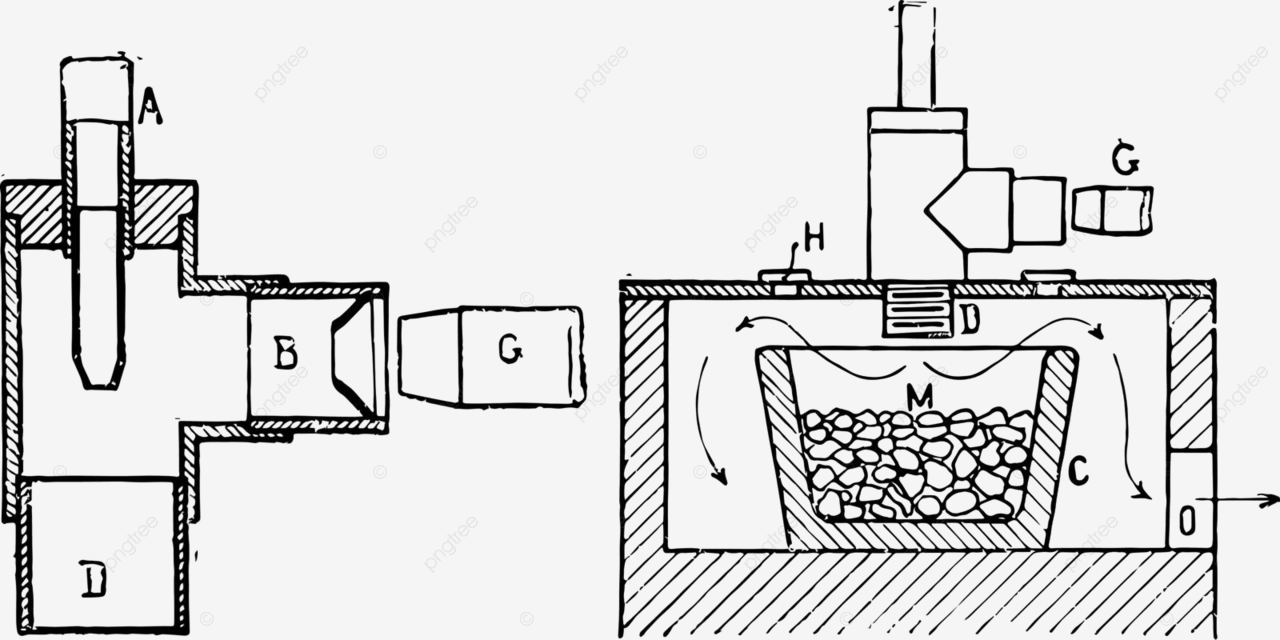
Crucible or Melting Chamber
Furnaces typically contain a crucible or melting chamber where the aluminum is placed for melting. Crucibles are commonly made of materials such as graphite, ceramic, or refractory metals that can withstand the high temperatures of molten aluminum.
Insulation
Furnaces are often insulated to minimize heat loss and improve energy efficiency. Insulation materials such as refractory bricks, ceramic fibers, or insulating castables help maintain high temperatures inside the furnace while keeping the exterior cool.
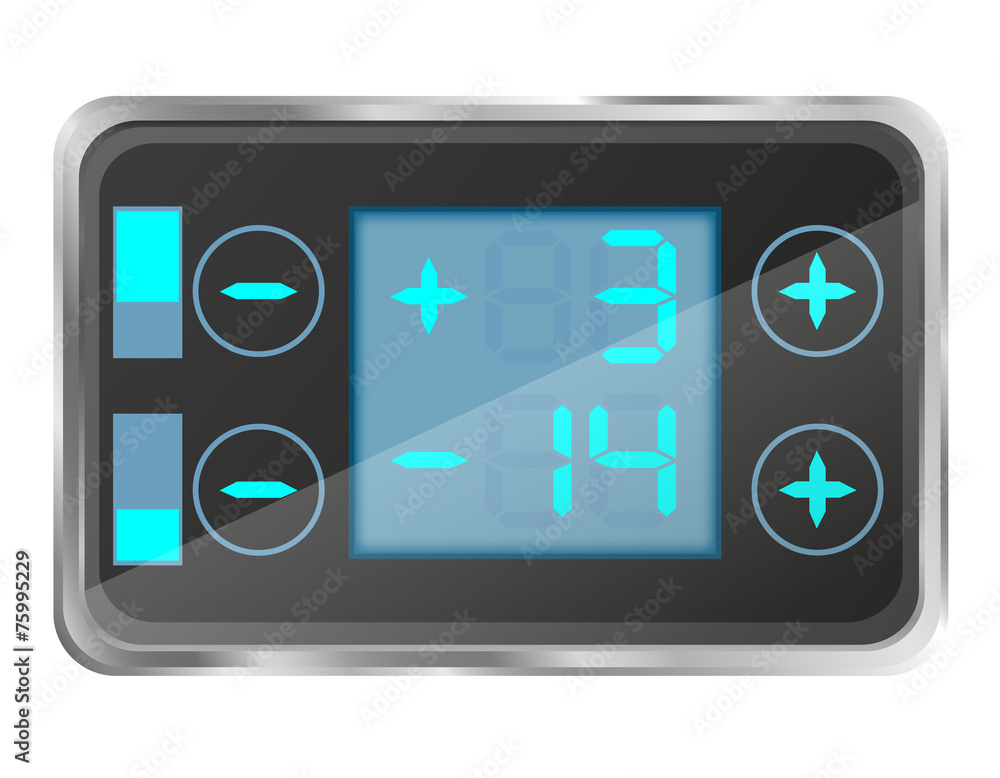
Temperature Control
Many aluminum melting furnaces are equipped with temperature control systems to regulate the melting process accurately. This ensures that the aluminum reaches the desired melting temperature and maintains it consistently throughout the melting cycle.

Durable Construction
Aluminum melting furnaces are built with durable materials such as steel or cast iron to withstand the harsh conditions of high-temperature operation and prolonged use.
Our Aluminum Melting Furnaces Lead the Way
An aluminum melting furnace is a specialized type of furnace designed specifically for melting aluminum and its alloys. These furnaces are commonly used in various industries where aluminum casting or processing is required, such as foundries, die casting facilities, metalworking shops, and recycling centers.
Aluminum melting furnaces come in various configurations depending on the specific requirements of the application. Aluminum melting furnaces may utilize various fuel sources for heat generation, including natural gas, propane, electricity, and oil. The choice of furnace type and fuel source depends on factors such as the desired melting capacity, energy efficiency, operational cost, and environmental considerations. Some common types include:
Crucible Furnaces
These furnaces feature a crucible, typically made of graphite or ceramic, where the aluminum is melted. Crucible furnaces are often used for small-scale or batch melting applications.
Induction Furnaces
Induction furnaces use electromagnetic induction to heat the aluminum within a crucible or a channel. They offer precise temperature control, high efficiency, and are suitable for both batch and continuous melting processes.
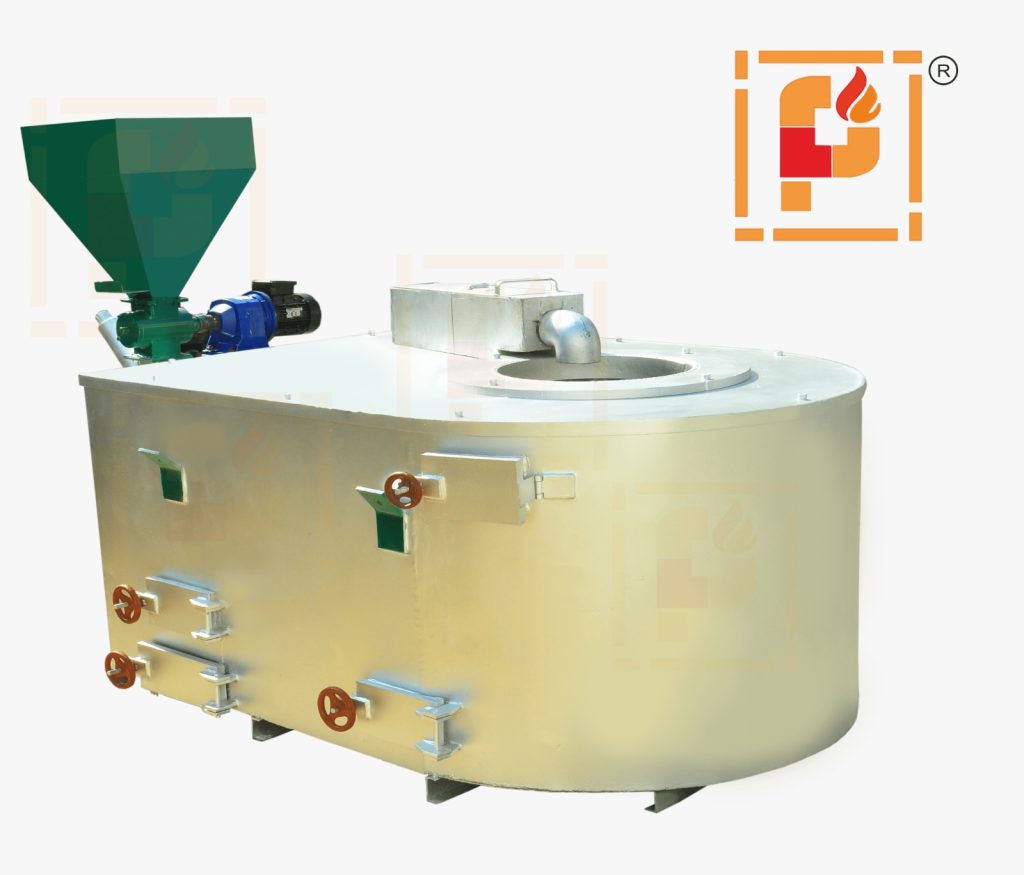
Reverberatory Furnaces
Reverberatory furnaces have a large, shallow hearth where the aluminum is heated by direct exposure to the flame and hot gases. They are commonly used for melting aluminum scrap and recycling purposes
Rotary Furnaces
Rotary furnaces are cylindrical in shape and rotate around a horizontal axis. They are often used for continuous melting and processing of aluminum scrap, providing high throughput and efficiency.
Powering Progress with Aluminum Melting Furnaces
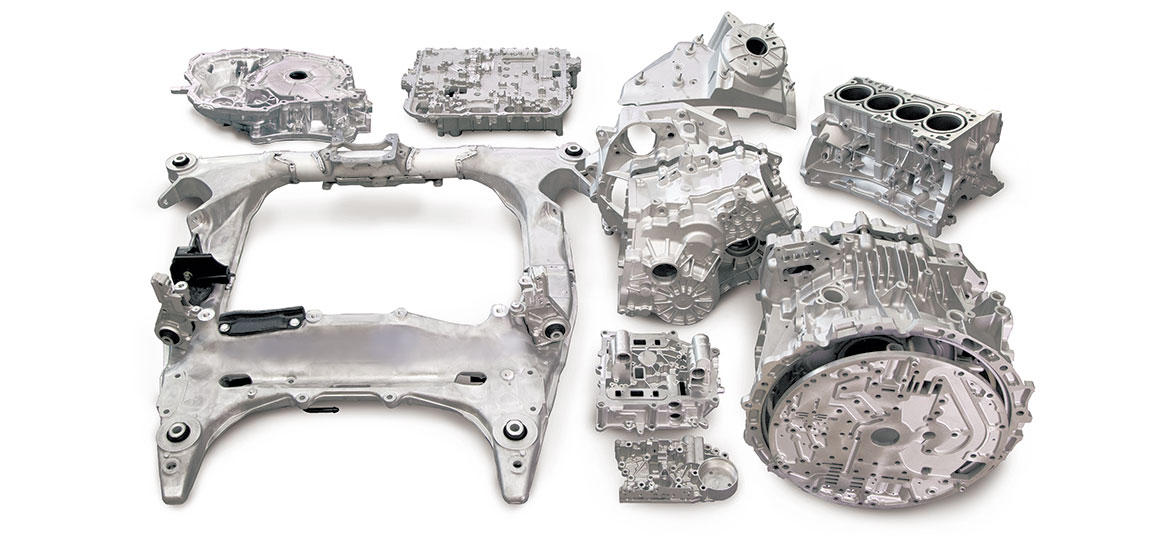
Die Casting
In die casting operations, aluminum melting furnaces melt aluminum alloys to the desired temperature for injection into molds under high pressure. This process is commonly used in the manufacturing of complex and precision components for automotive, electronics, and consumer goods industries.
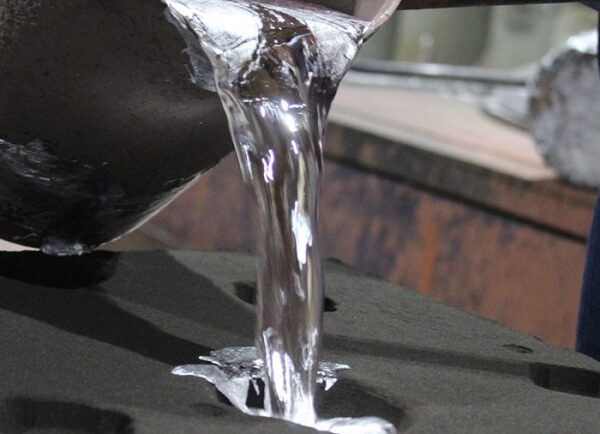
Aluminum Casting
Various industries, including aerospace, marine, and construction, utilize aluminum casting for producing components with specific properties and geometries. Aluminum melting furnaces provide the molten metal needed for casting processes, such as sand casting, investment casting, and permanent mold casting.
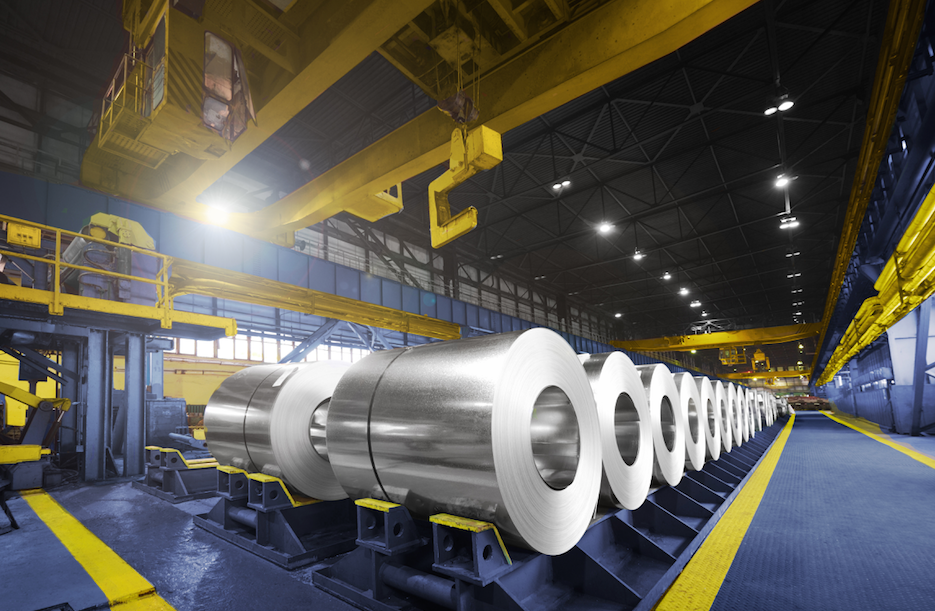
Alloy Production
Aluminum melting furnaces are integral to the production of aluminum alloys, which have specific properties tailored for different applications. By melting and alloying aluminum with other metals or elements, manufacturers can create alloys with enhanced strength, corrosion resistance, or other desirable characteristics.
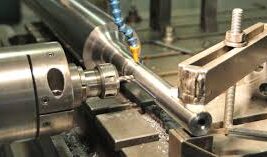
Metalworking Shops
Metalworking shops often use aluminum melting furnaces for small-scale or custom casting projects, repairs, or prototyping. These furnaces enable metalworkers to melt aluminum onsite as needed, offering flexibility and efficiency in manufacturing processes.
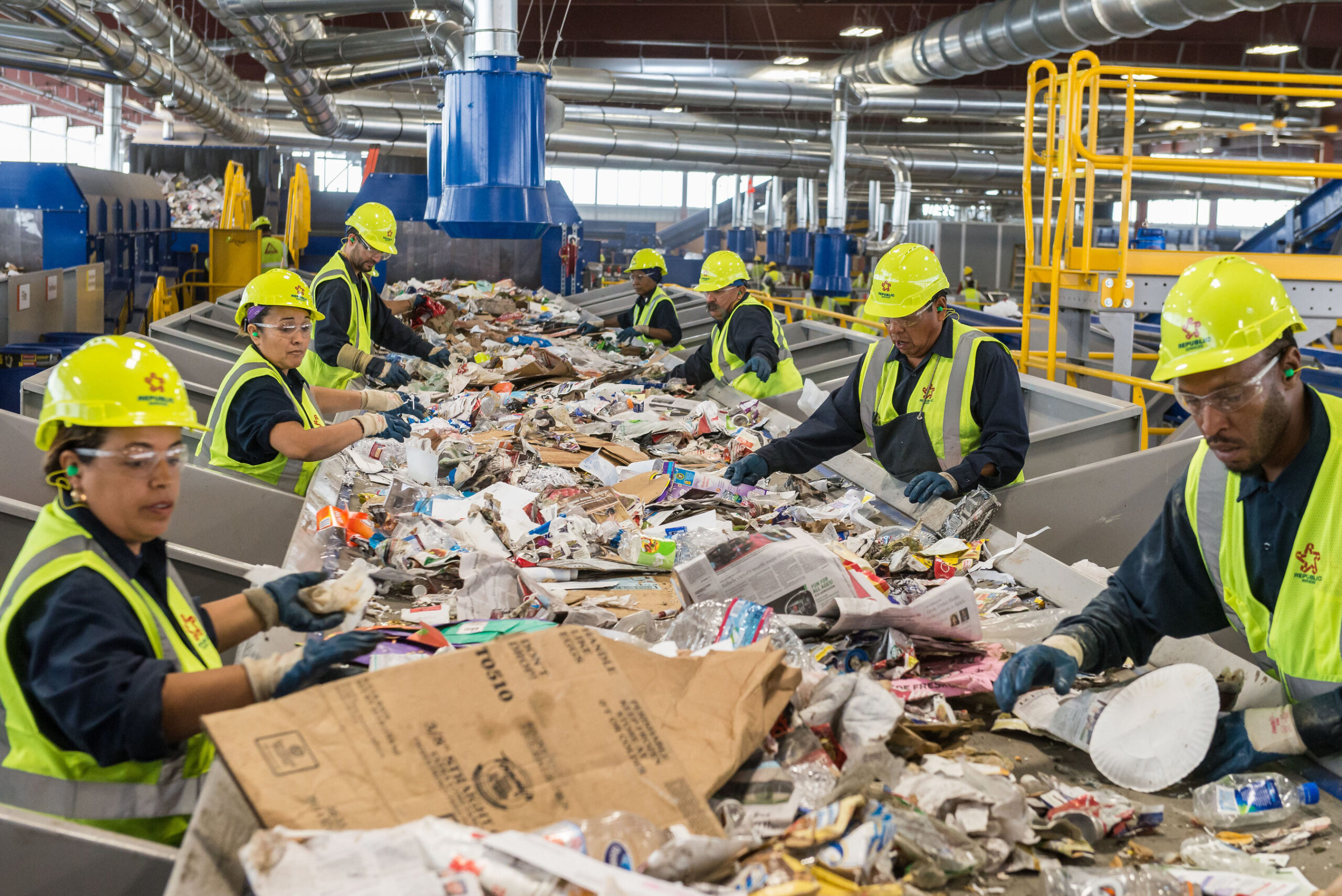
Recycling Centers
Aluminum melting furnaces are used in recycling centers to melt down aluminum scrap, such as used beverage cans, automotive parts, and construction materials, into reusable metal for manufacturing new products. This helps conserve resources and reduce waste.
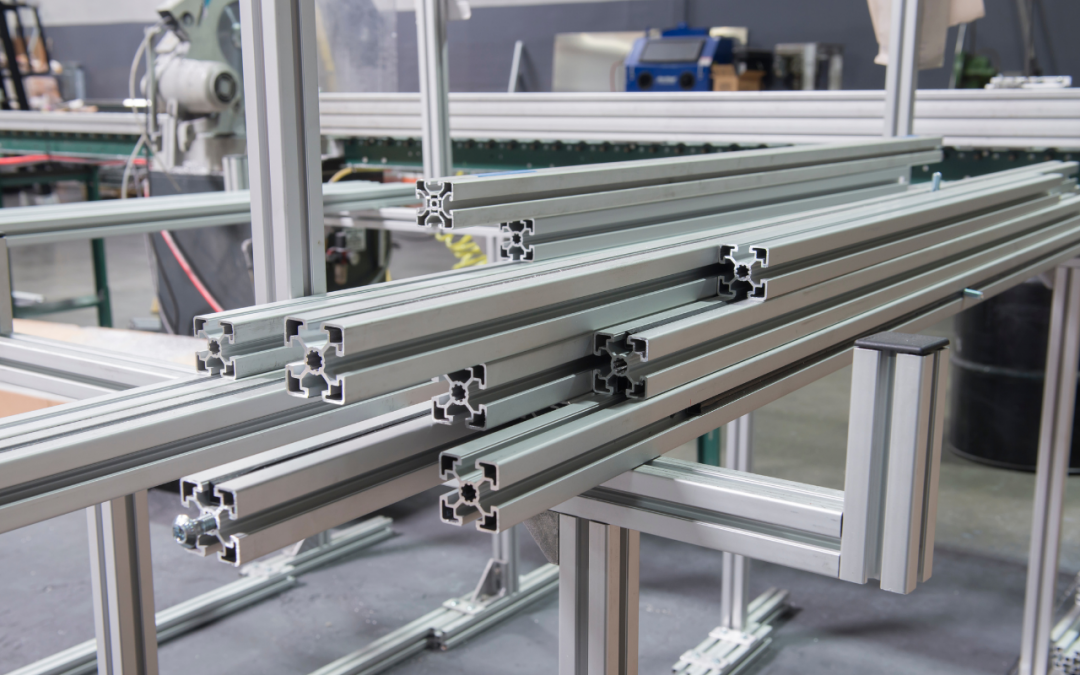
Extrusion
Extrusion processes involve forcing molten aluminum through a shaped die to create profiles, tubes, or other long shapes. Aluminum melting furnaces provide the molten metal required for extrusion operations, ensuring consistency and quality in the final products.
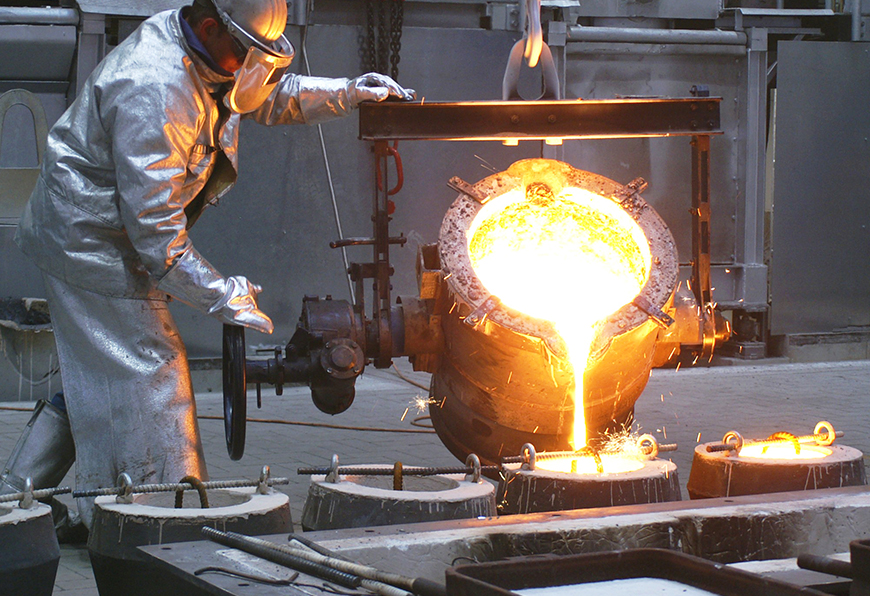
Foundries
Aluminum melting furnaces are extensively used in foundries for melting aluminum ingots or scrap to produce molten metal for casting into various shapes and products, such as automotive parts, aerospace components, and household appliances.
Why Choose Us
Efficiency
Aluminum melting furnaces are designed to efficiently melt aluminum and its alloys, minimizing energy consumption and production costs.
Versatility
Furnaces come in various sizes and configurations to accommodate different production needs, from small-scale operations to large industrial facilities. They can melt various aluminum alloys and support different melting processes.
Precision Control
Many furnaces are equipped with advanced temperature control systems, ensuring precise regulation of the melting process for consistent and high-quality results.
Quality Output
By melting aluminum at controlled temperatures, furnaces produce molten metal with the desired properties, ensuring quality and consistency in downstream processes such as casting, extrusion, or forging.
Cost-Effectiveness
Investing in an aluminum melting furnace can lead to long-term cost savings by reducing the need for outsourcing melting services and optimizing production efficiency.
Customization
Furnaces can be tailored to meet specific production requirements and preferences, allowing for customization of features such as capacity, heating method, and safety features.
Operational Flexibility
Furnaces offer operational flexibility, allowing for batch or continuous melting processes depending on production needs and workflow requirements.
In-House Control
Having an aluminum melting furnace in-house provides greater control over the production process, allowing for quick adjustments and modifications to meet changing demand or quality standards.
We'd love to hear from you
Stay Connected
Reach us through
- Wood Pellet Burner Pvt Ltd Near Ekam Heavy Electrical Works Bakana Road ,Chotta Bans Radaur -135133
- Wood Pellet Burner Kolkata, Sinha Cold Storage Alampur, NH 6 Bombay Road Kolkata, Alampur, West Bengal 711302
- +91 7891313556
- [email protected]
Send us a Message

Pellet Burner Hub offers the newest knowledge, high-quality products, and professional coaching to optimize pellet burning. Starter or experienced pellet burners can get help.
Quick Links
Our Policy
Subscribe Now!
Copyright © 2024. Pallet-Burner All Rights reserved